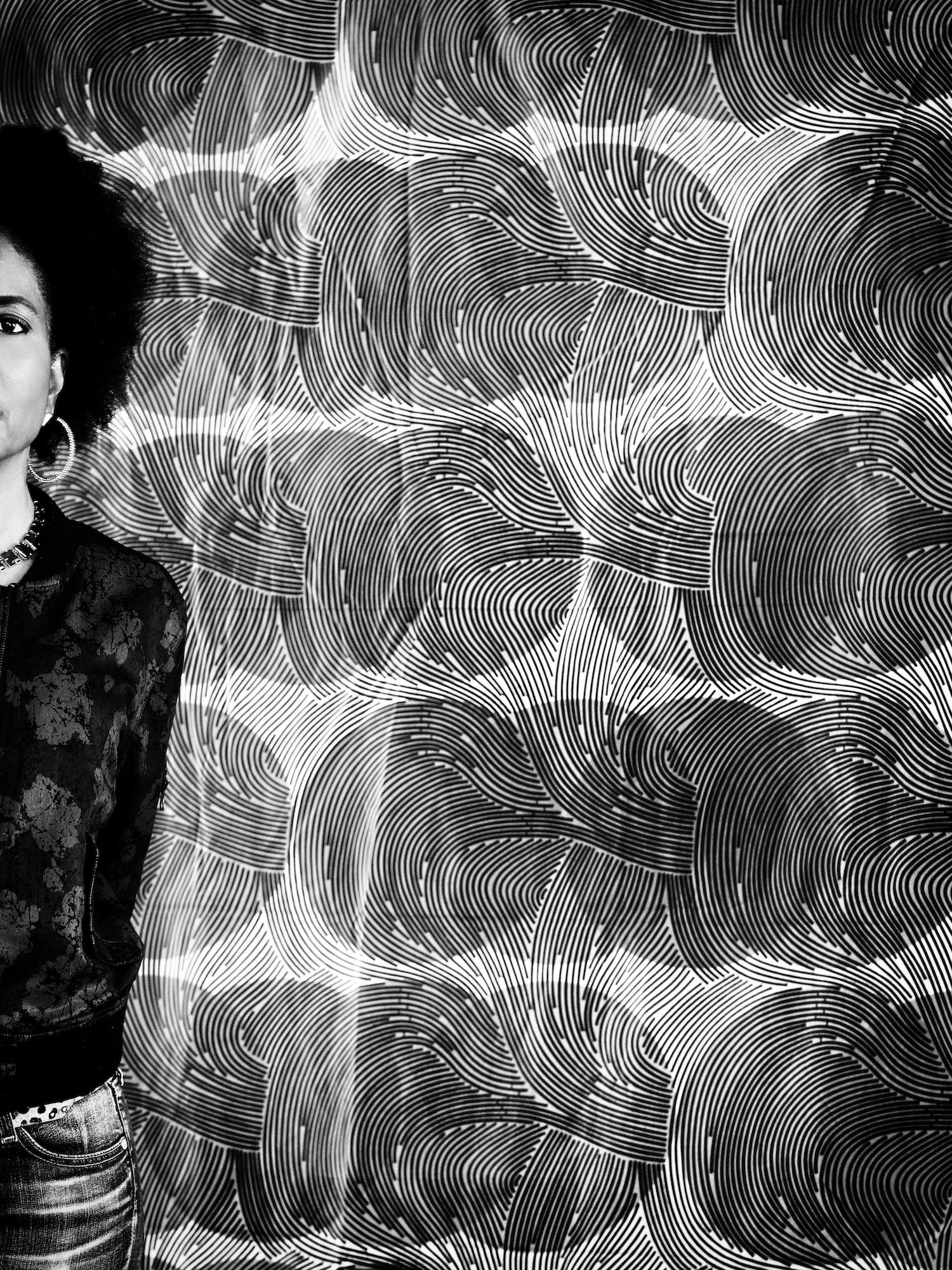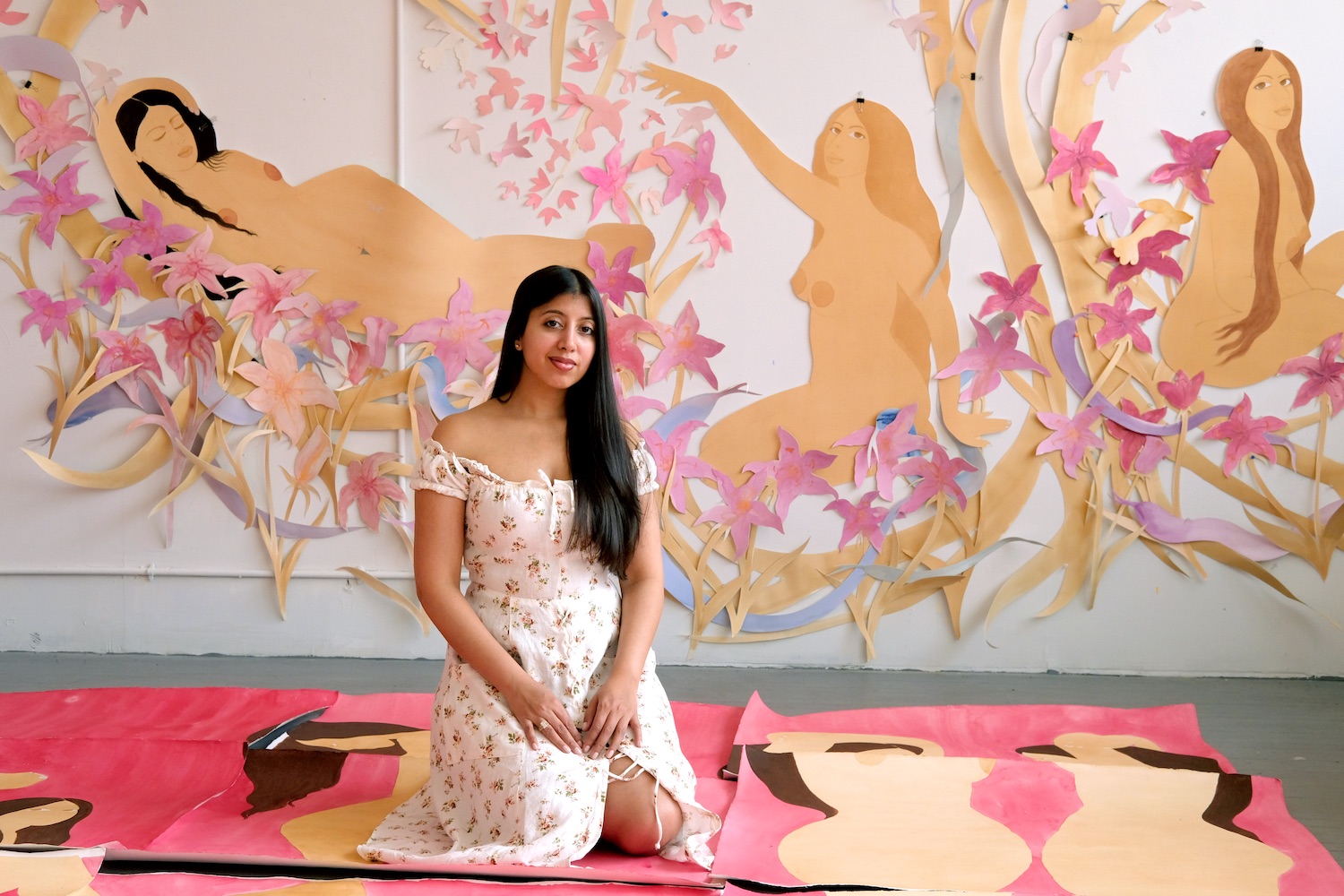This week—and the past couple months following the general election in November—it’s been all eyes on Georgia in anticipation of the two Senate runoff elections.
This morning we woke up to the news of Democrat Rev. Raphael Warnock as the projected winner, making him the first Black senator in the state’s history. Democratic candidate Jon Ossoff is ahead, though it’s still too early to call.
With these political races on the mind, and predicted democratic gains thanks to major voter turnout efforts headed by Georgian leaders like Stacey Abrams, Whitewall wanted to take a moment to revisit the work of Atlanta-based photographic artist Sheila Pree Bright. She’s been documenting the Georgia runoffs on her Instagram account @shepreebright, and remarkably relevant series #1960Now was recently published as a book by Chronicle Books.
Below you’ll find our 2017 interview with the artist.
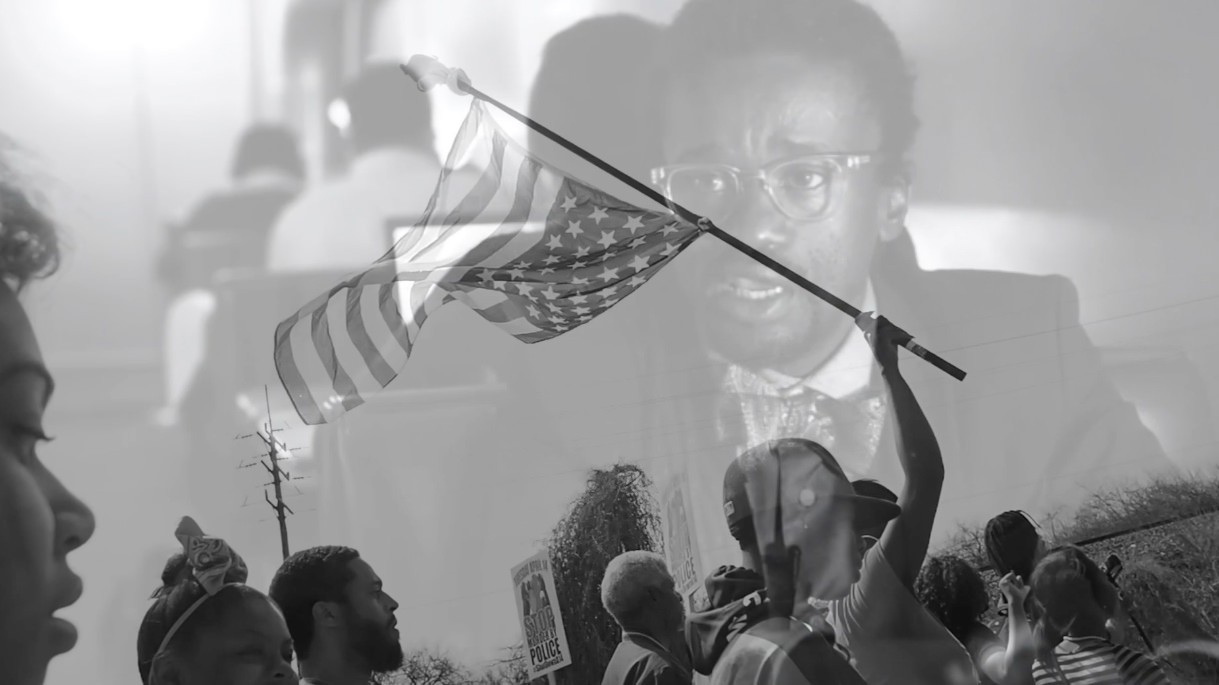
Film still from “#1960Now: Art + Intersections”
Courtesy of the artist
In “#1960Now” Sheila Pree Bright Asks, What Has Changed?
Sheila Pree Bright describes herself as having been quite shy growing up. She found in photography a way to express her thoughts. She could speak through the camera instead of speaking out loud. During the nineties, she concentrated on landscape photography and started professionally with some commercial work. After moving to Houston, she began to get regular work photographing hip-hop artists—people whose trust she gained from her quiet demeanor, and perhaps naiveté in not asking too many questions. She existed completely outside the art world, until eventually an artist friend referred her work to a curator who put her work in a group show.
Her portraits of young black men, framed inside basketball shoeboxes painted black, were very well received. “That’s what started my career on the art side of photography,” she says. Her father encouraged her to get an MFA, and since then she’s created work that challenges conventional narratives around race, gender, and identity in America.
Her series “Plastic Bodies,” photographs of synthetic Barbie dolls that morph into human skin, critique standards of beauty for women and girls. “Suburbia” showed an aspect of the African American community not typically depicted in the media. In “Young Americans,” she asked millennials to drape themselves in the American flag and give a statement about what mattered to them, a rebuttal to the notion that this generation of young people is apathetic to social and political issues.
Her more recent projects—“1960Who” (portraits of forgotten figures in the Civil Rights movement) and “#1960Now” (photographs from recent activism, including the Black Lives Matter movement)—have gained her critical accolades and invitations to exhibit and speak about her work. She compares the two movements, driven by young people, keeping both in black-and-white to connect them, wondering, “What has changed?” Instead of perpetuating the image of the young angry black male, she captures the hurt, the pain, the spirit.
WHITEWALL: After working commercially, you went back to school to get your MFA. What changed about your approach to photography from that, do you think?
SHEILA PREE BRIGHT: I really didn’t understand the power of the image and how underlying layers of an image can affect on one’s perception, based on people’s ideology. School helped me understand how to be conceptual, how to research.
I didn’t realize the black male with a gun was a negative stereotype. I don’t show those early images now because of that. I want to protect it and look at it and talk about it in a different light.
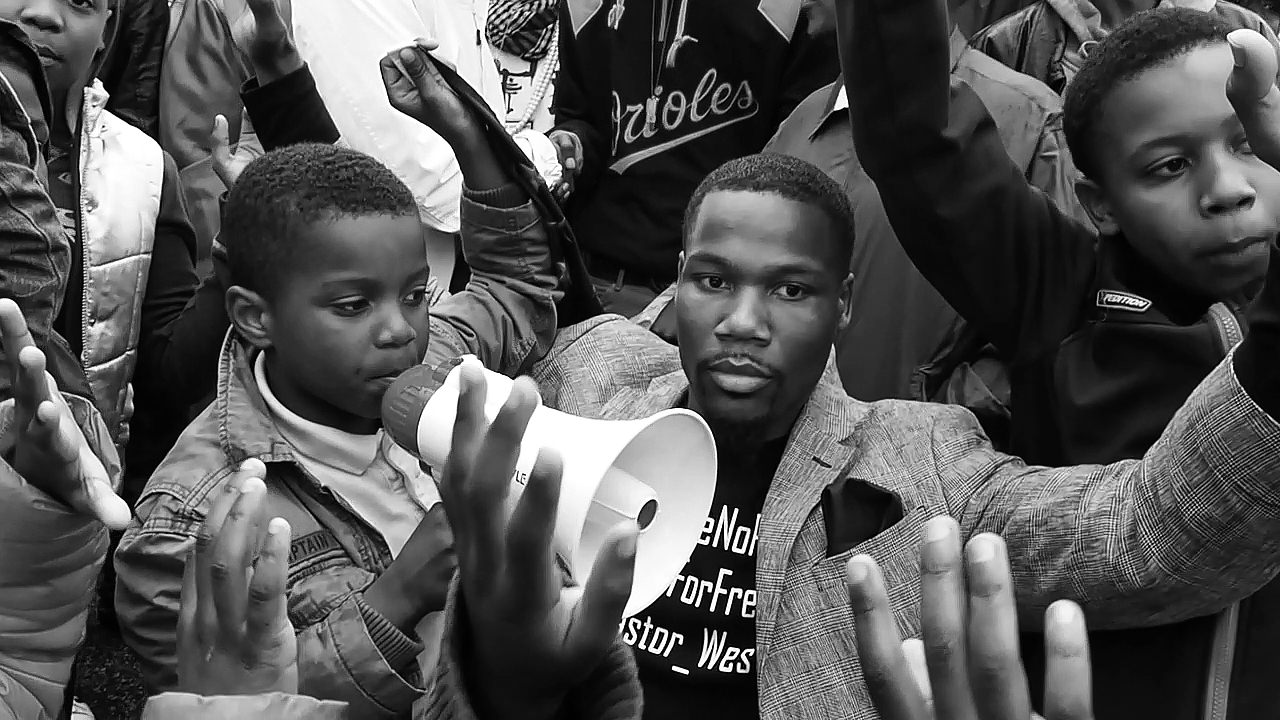
Film still from “#1960Now: Art + Intersections”
Courtesy of the artist
WHITEWALL: Why did you take your series “Young Americans” to Miami in 2012, where you wheat-pasted your portraits on buildings in local communities there?
SPB: I always, within my work, look at something that pop culture sees as negative and try to find the beauty and positive there. People labeled millennials then as not caring about politics. So I said, “I’m going to give them a flag and we’re going to talk about America.” My work up until then had only been shown in a museum or gallery. I felt that my type of work, and my audience, didn’t always need to live in spaces of galleries and museum. My work speaks to the masses, to the people. I think that’s where my audience is.
So in 2012 I started wheat-pasting images of “Young Americans” on walls in Atlanta. That’s how I started going outside of the museums and galleries with my work. And then I went to Miami, to the Coconut Grove neighborhood and pasted 13 images in the neighborhood. When we started to put the images up, they were like, “What are you doing? You’re going get in trouble.” But in the end, they came to me and said, “Do not forget about us. You gave us a piece of artwork on the walls so we have something look out at.” The next day, the owner of the apartments said we could put more up. It uplifted the community, and we had young people help us finish the work.
I always wonder, “Am I really helping?” One of the leaders of the community wrote me a letter and said I had given these young people hope. That gave me inspiration. If I could just help one person, I feel that I am doing my job.
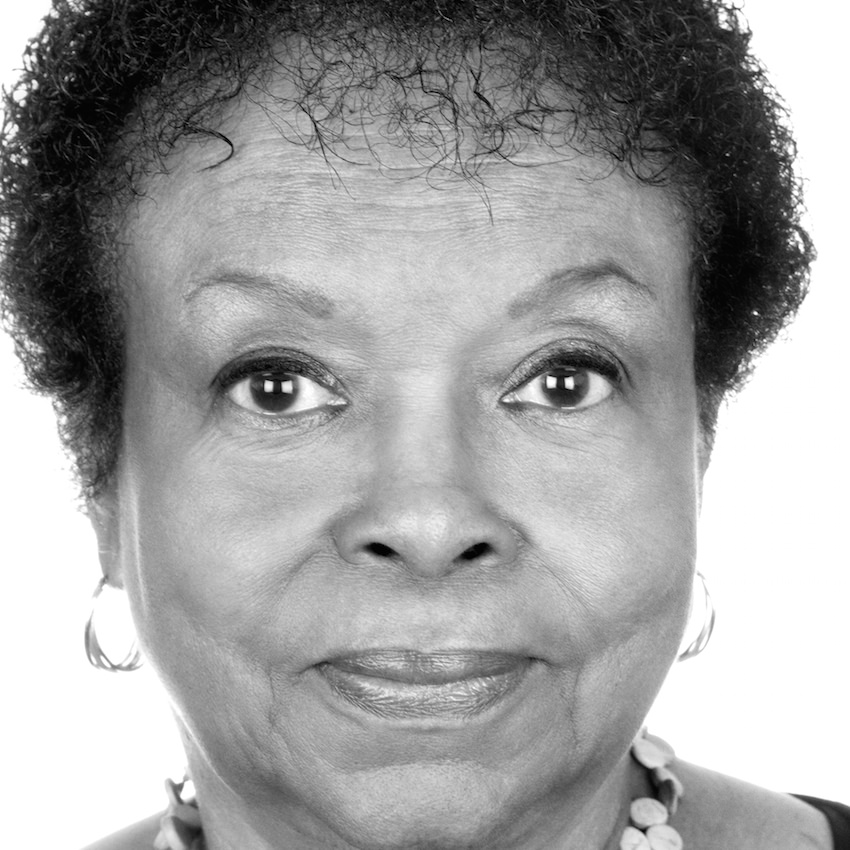
1960Who series
Dr. Roslyn Pope
Courtesy of the artist
WW: How did your “1960Who” project, where you wheat-pasted portraits of forgotten figures in the Civil Rights Movement in parts of Atlanta, evolve in “#1960Now”?
SPB: “#1960Now” blew me away. A lot was going on. Trayvon Martin had been shot, police brutality. I felt as an artist that I wanted to get on the ground to find out what’s going on. We have media, we have Facebook, we have social media, but I wanted to show another alternate side of what traditional media was putting out.
WW: You’ve spoken of how you have had to gain the trust of people within the Black Lives Matter movement and other protests, due to their distrust of the media. How have you found a way to connect with the young people of this movement?
SPB: You have to gain trust. They do not want a leader like Martin Luther King, Jr. or Malcolm X because all of them were shot down. I went to Ferguson in the aftermath. I was there when FreddieGray passed, on that Sunday, and the young people started marching. I went to West Baltimore and that neighborhood reminded me so much of a Third World country. So I started photographing the landscape.
I was told to get out. I was told, “The only time you come into our communities you want to talk about something negative, so get out.” I engaged them in a conversation and was able to connect. I told them, “Look, I’m an artist believe it or not. I’m from Atlanta, from the home of the Civil Rights Movement, and I want to find out the truth for myself and use it through art to talk about what’s going on.”
Baltimore was the longest time I spent on the ground. Being on the ground, I’ve seen the frustration, because with these young black folk, they feel like they are losing their lives anyway. They feel like they are fighting the same fight their parents or grandparents were fighting. I’ve seen the love, I’ve seen the pain, I’ve seen the hurt. That’s how I choose to talk about the work. It’s not about them against you or them against them. I put it all in the space, accept it or reject it. This is for everybody to try to understand it if they want to understand it. Do we want to connect?
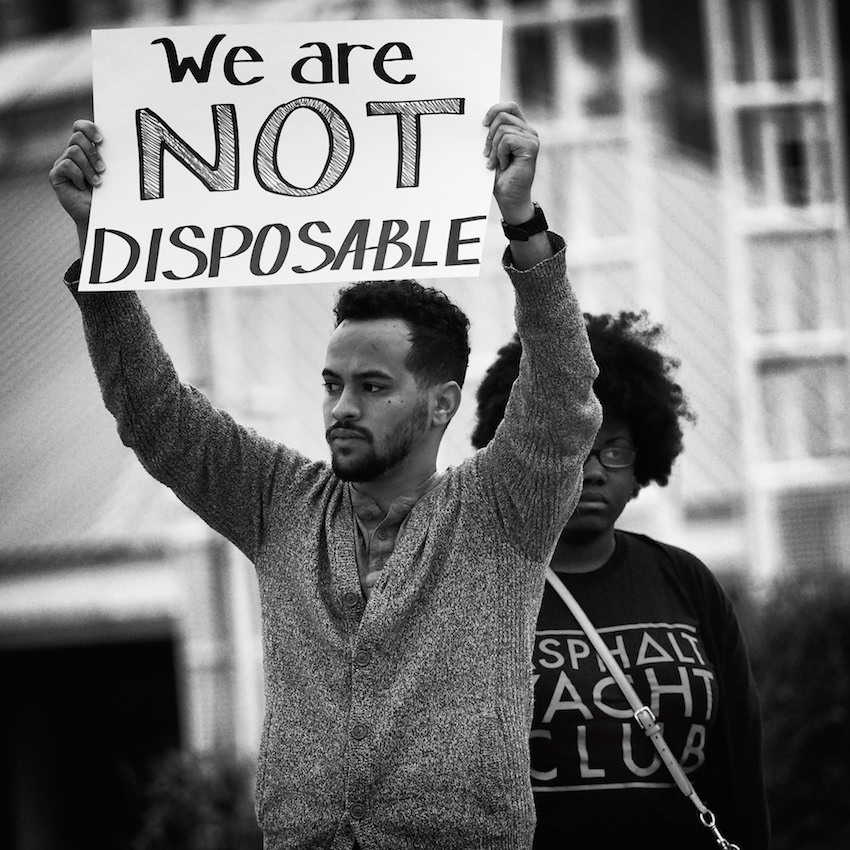
#1960Now series
Courtesy of the artist
WW: What did you want to capture on the ground?
SPB: It was about me capturing moments that I feel that we don’t see, or that are different from what traditional media is projecting, in terms of images of African Americans. I have an image of a black male at a protest held in Atlanta who has tears rolling down his face. I captured that moment because I want people to see that. I don’t want them to have a perception of a black male as always showing anger. These black males, they are hurting. I try to show imagery that reflects the emotions of what is really going down on the ground. I’m not just shooting images; I’m waiting for moments to shoot.
Shooting in black-and-white is a metaphor, asking, “What has really changed?” It feels like it’s the 1960s again.
This article appears in Whitewall’s spring 2017 Women in the Arts issue.
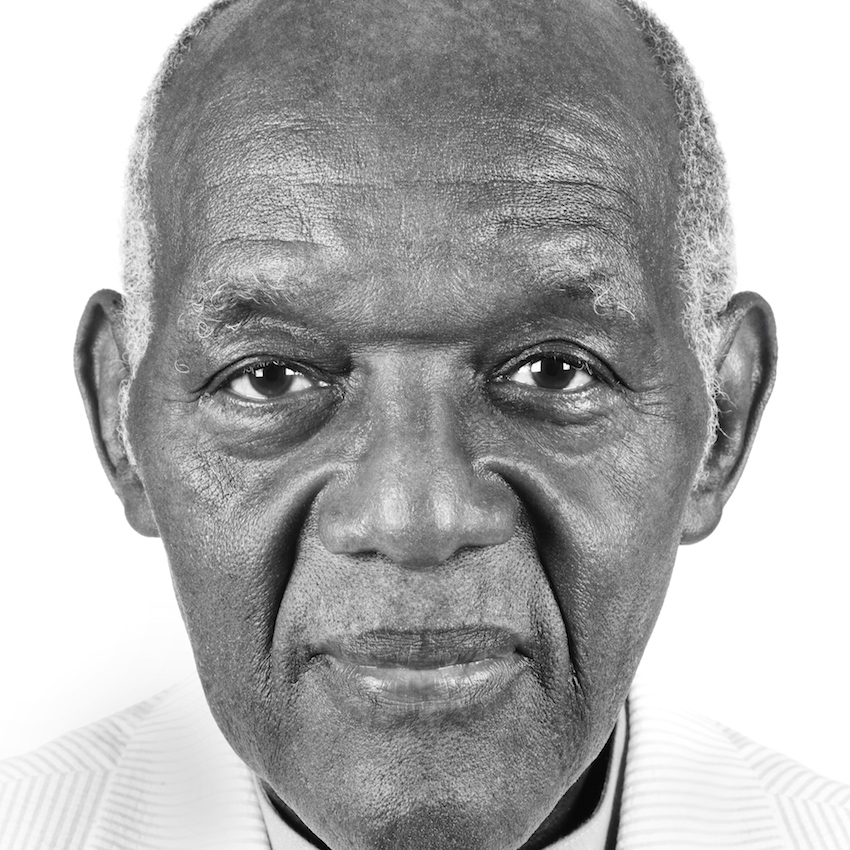
1960Who series
Lonnie King
Courtesy of the artist



